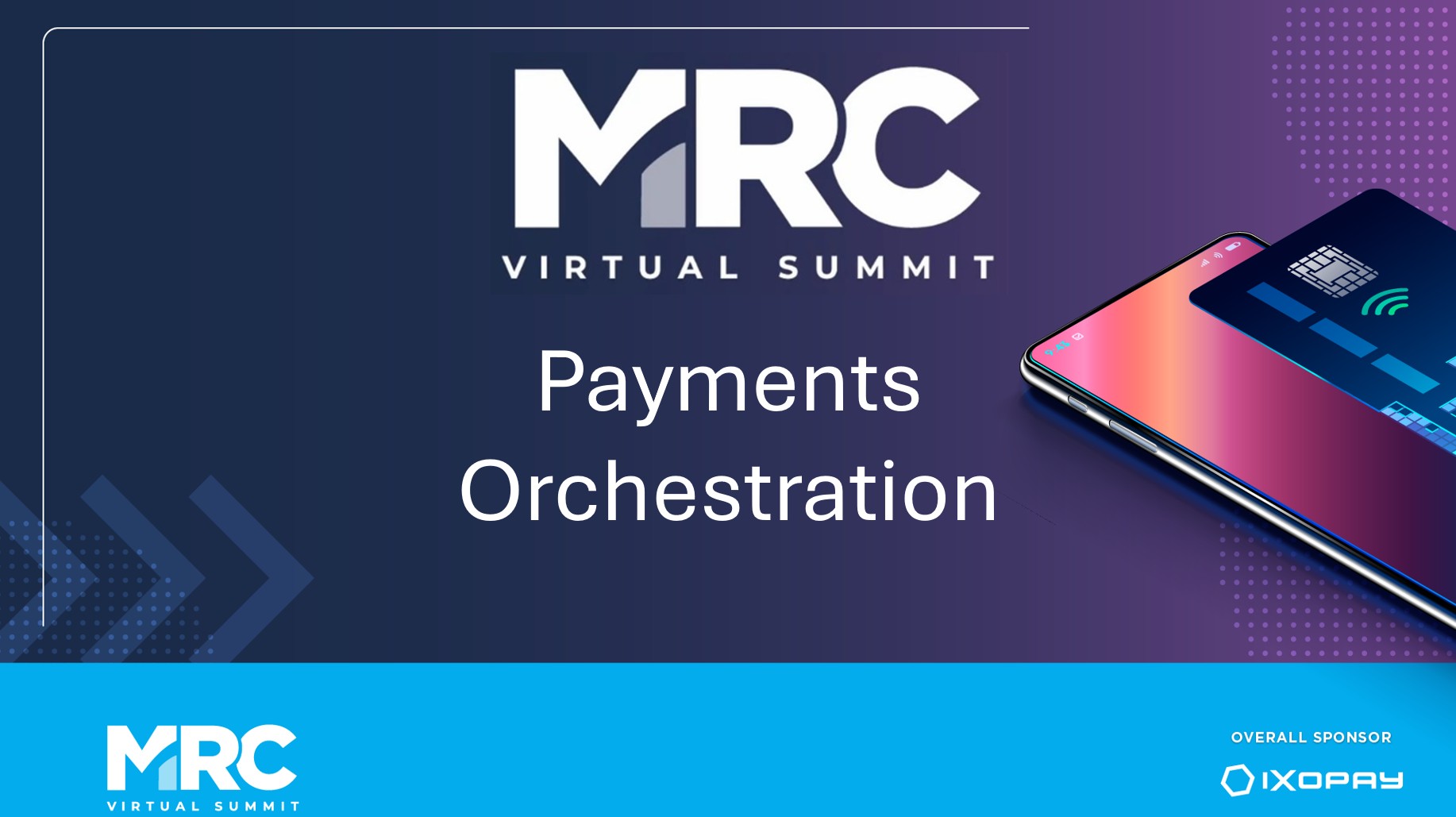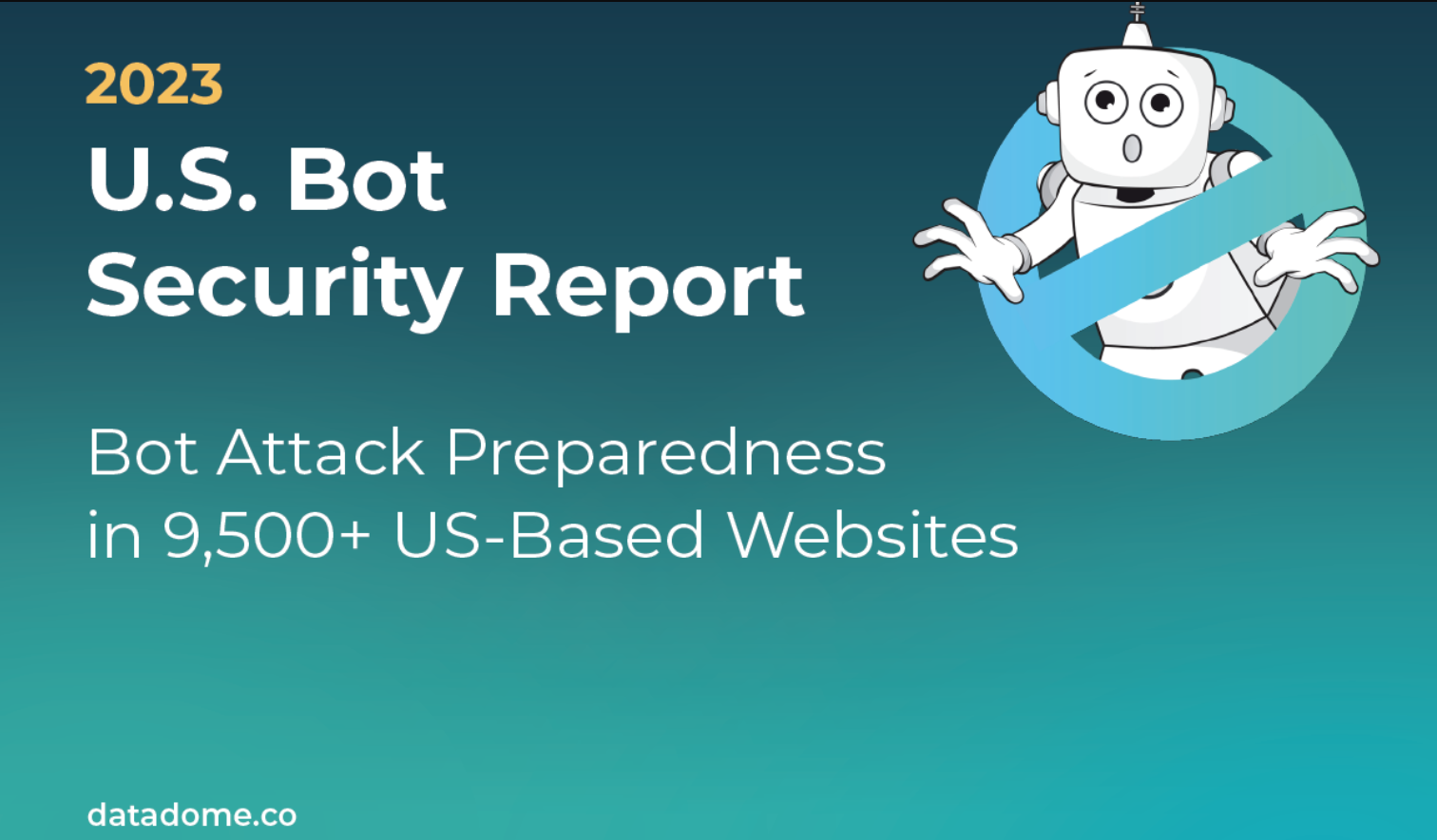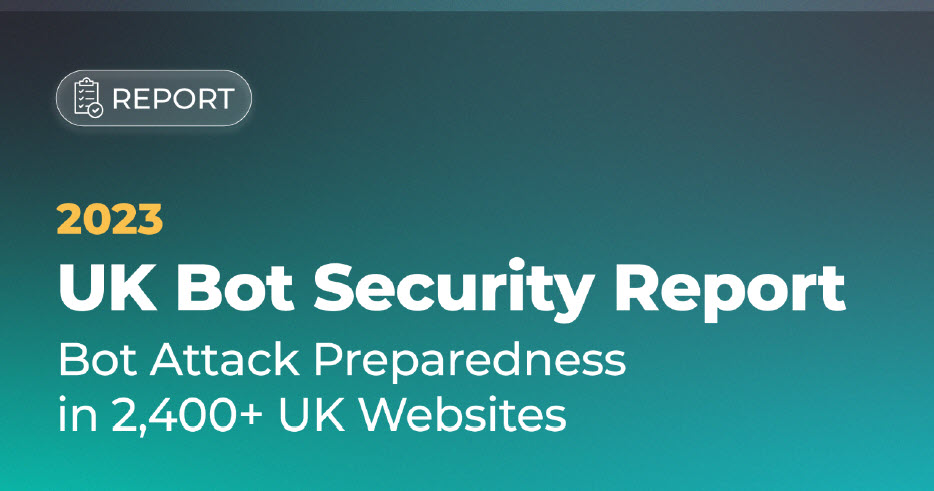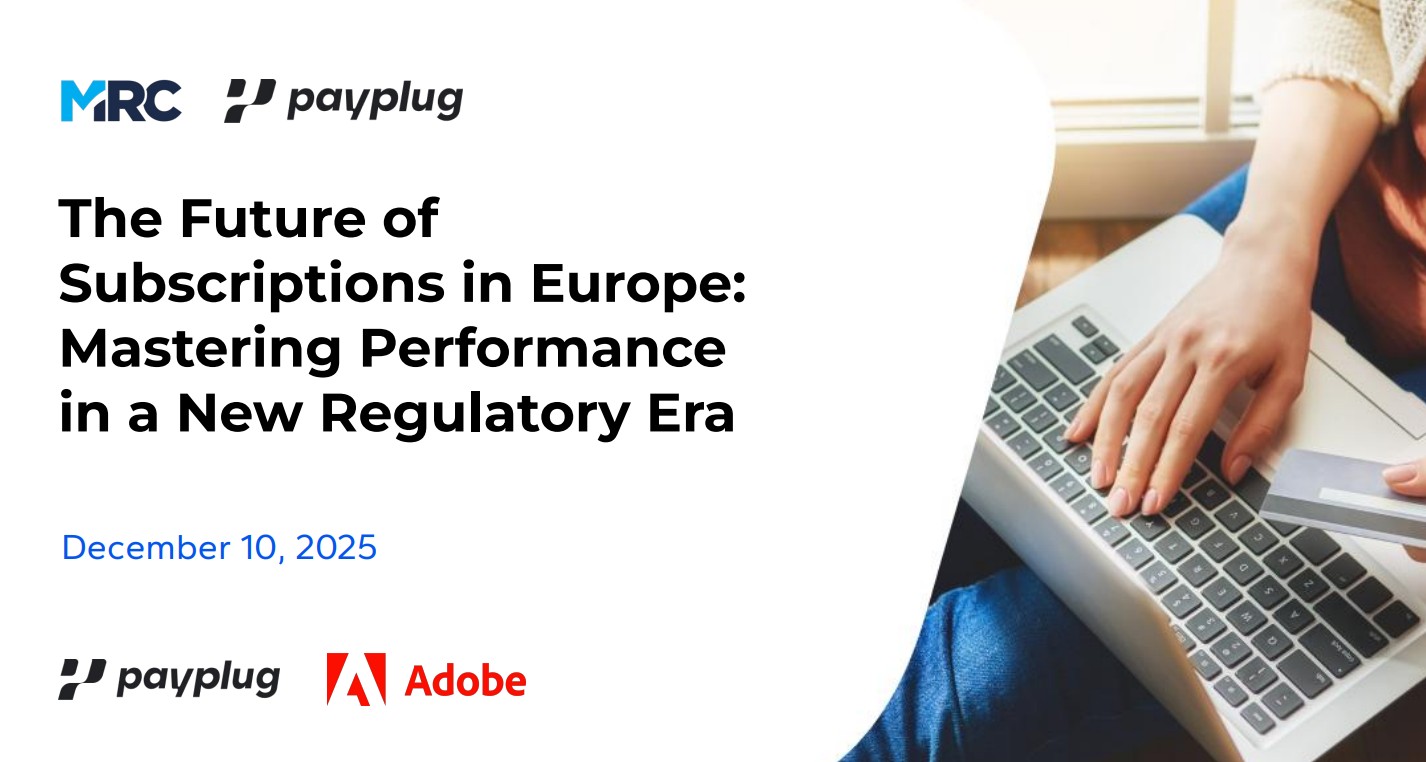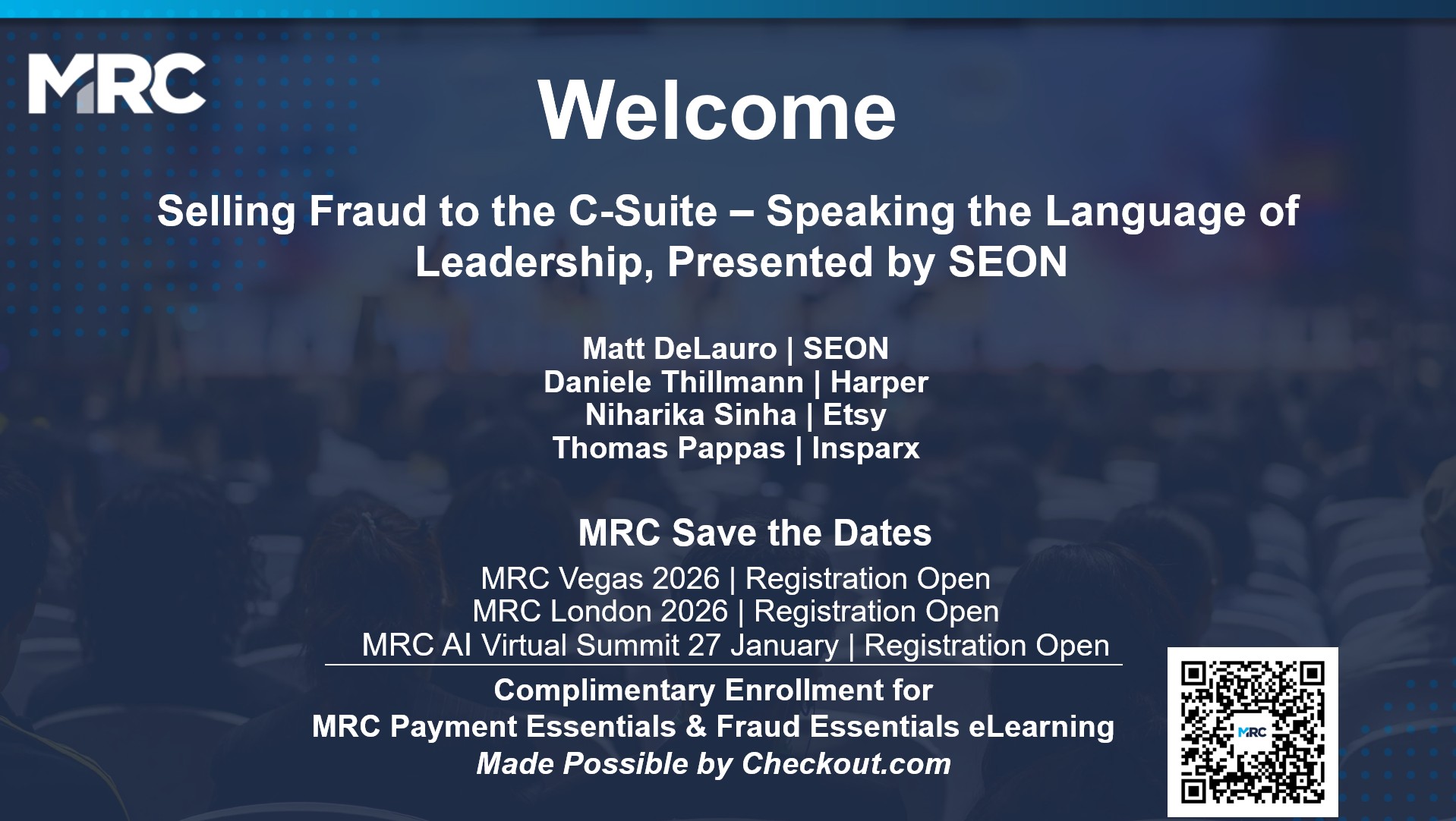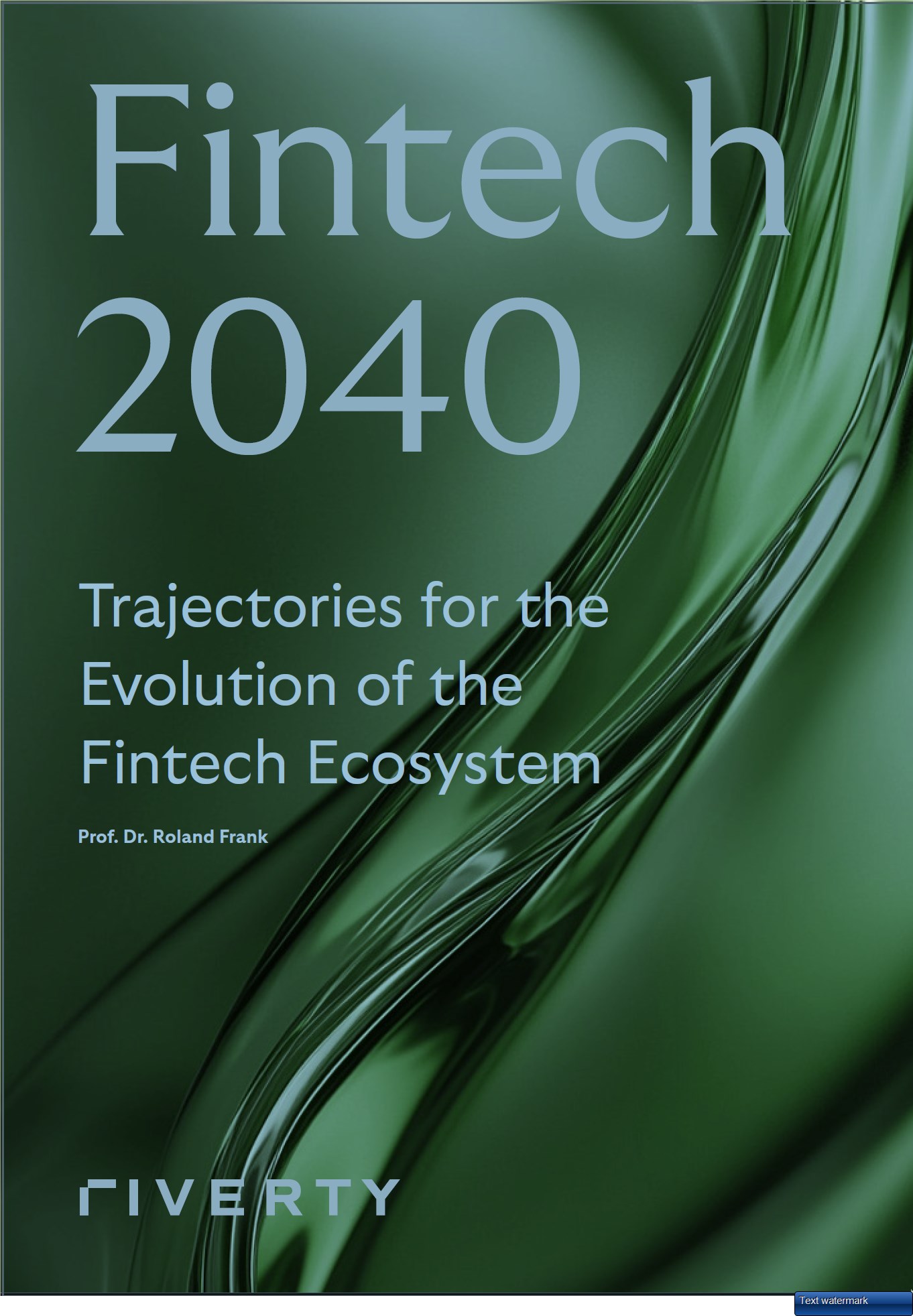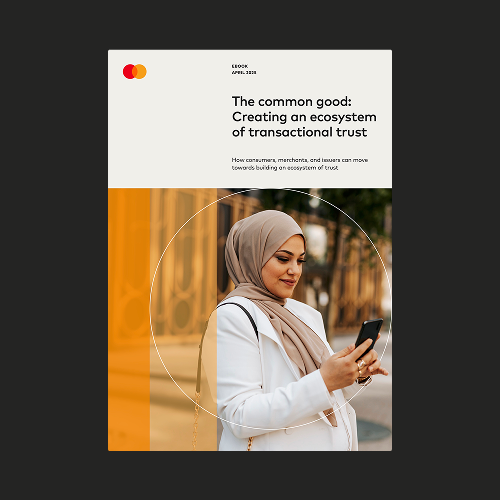Ecommerce Fraud in Retail: Fighting back with Biometrics
Fraud
Biometrics
Simon Marchand -- Nuance
Jul 22, 2021
Webinars
From false warranty claims to returns abuse and even trying to corrupt agents to steal customer information, fraud attacks against retailers and e-commerce merchants are more widespread and varied than ever. In this session, we will explore different fraud and abuse scenarios and how you can fight back by identifying fraudsters in real-time and disrupting their business models with AI and biometrics.
*CPE is not available for this on demand webinar.
*CPE is not available for this on demand webinar.
Some content is hidden, to be able to see it login here Login
Tagged:

Host a Webinar with the MRC
Help the MRC community stay current on relevant fraud, payments, and law enforcement topics.
Submit a Request
Publish Your Document with the MRC
Feature your case studies, surveys, and whitepapers in the MRC Resource Center.
Submit Your Document



